Model Code of Practice:
The model Code of Practice: Managing risks of respirable crystalline silica in the workplace provides practical guidance on how to comply with the WHS duties to effectively manage risks associated with working with crystalline silica substances.
Industry-specific information and guidance:
Examples of permitted work with legacy engineered stone and a summary of WHS duties.
Guidance about the process for obtaining an exemption from the engineered stone prohibition to carry out work involving the manufacture, supply, processing or installation of engineered stone benchtops, panels or slabs.
A checklist designed to assist PCBUs to comply with their requirements under the WHS Regulations to evaluate a respiratory protective equipment (RPE) program.
Guidance to assist PCBUs to comply with their requirements under the WHS Regulations to maintain respiratory protective equipment (RPE) to minimise the risk of respirable crystalline silica exposure.
Case studies of how to assess if the processing of crystalline silica substances is high risk and examples of appropriate control measures to manage the risks.
Fact sheets and infographics:
The following resources can be printed and used as quick references in workplaces.
Crystalline silica substances regulations
- What is silica dust?
- How silica dust is produced
- Processing of a crystalline silica substance: Risk management process
- Controlling the risks from silica dust
- Identifying and assessing the risks from silica dust in the workplace
- Work producing silica dust that is high risk
- Completing a silica risk control plan
Engineered stone prohibition
- Summary of Engineered stone prohibition
- Definition of engineered stone
- When does a PCBU need to notify the WHS regulator of their plan to process legacy engineered stone
- Exemptions from the engineered stone ban – Infographic
- Exemption from the engineered stone ban – Flowchart
- Need more information on the engineered stone ban? – Infographic
- Review of the engineered stone prohibition
Templates:
These documents can be used by PCBUs, such as employers, to help them comply with their WHS duties.
PCBUs intending to process a crystalline silica substance must assess and document if the processing of a crystalline silica substance is high risk, before commencing work. This template is designed to help document this assessment.
This template is designed to help document details of any processing of a crystalline silica substance that is high risk, and the control measures used to manage the risks.
This is the form for PCBUs to notify the relevant WHS regulator when intending to undertake the repair, minor modification, removal, or disposal of legacy engineered stone (permitted work with legacy engineered stone).
Other resources
Historical publications about silica and engineered stone.
- Decision Regulation Impact Statement: Prohibition on the use of engineered stone
- Decision Regulation Impact Statement: Managing the risks of respirable crystalline silica at work
- Prohibition of engineered stone: Literature review and gap analysis
- Asbestos and Silica Safety and Eradication Agency
Communication campaigns
- Clean Air. Clear Lungs. – occupational lung diseases education and awareness campaign targeting the construction, agriculture, manufacturing, and engineered stone sectors.
- Be Silica Smart – providing workers, employers and consumers with information on how to manage the risks of working with silica, including translated material.
